|
Investigations into the latest version of the AOSP source code confirms Pixel 3 branding with special network features. When a popular smartphone from a renowned manufacturer is due for launch or under development, information about such devices usually creeps up from one of their sources. Sometimes, the websites reveal the information while there are times when a software code for an existing product reveals everything. Apple has had such moments before the launch of the iPhone X, with the HomePod firmware revealing enough about the handset. Something similar has happened from Google, where they have accidentally revealed the name of their next flagship smartphone offering.
If you live and breathe tech, then it shouldn’t be hard to guess that the next flagship Google smartphone will be called the Pixel 3. The source code for the Android P Developer Preview houses a clause that reveals the existence of the Pixel 3. The code mentions a situation related to NetworkScan API, which is stated to be only available in the Pixel 3. It seems that the Pixel 3 will keep on scanning mobile networks to make sure that options are always available. The current Pixel 2 shows results 30 seconds after scanning, which is not the most convenient feature. The feature was discovered by XDA Developer’s Mishaal Rahman. While this makes sure that Google will be sticking to the Pixel brand for its flagship smartphone(s) for this year, we are still in the dark about the handsets expected launch date. However, as with Google’s tradition, we might see the company unveiling the Pixel 3 in October 2018, just after Apple launches its new iPhones. The Pixel 3 is expected to sport a flagship Snapdragon 845 chipset along with Android P out-of-the-box. Since Google is including support for the notch in Android P, we expect the Pixel 3 to jump in on the notched-display bandwagon. Priced at Rs 22,990, the phone to go on sale from 2nd April, pre-booking starts from today. Vivo India has unveiled its latest flagship phone – Vivo V9 in India. Being a successor to its previous Vivo V7, the V9 features a 6.3-inch FHD FullView display 2.0 with a new 19:9 aspect ratio. The company claims the V9 is the first smartphone to have a 90 per cent screen-to-body-ratio display. The Vivo V9 comes with a whopping 24MP selfie camera with f/2.0 aperture and a 16MP+5MP dual rear camera setup. It is equipped with a Qualcomm Snapdragon 626 chipset with an octa-core processor. It boasts 4GB of DDR3 RAM and 64GB of storage. It is fuelled by a 3260mAh battery. It comes with Android 8.1 out-of-the-box, which is skinned by the company’s FuntouchOS 4.0. The V9 also comes with fingerprint scanner mounted at the back for biometric authentication.
The phone features the heavily inspired iPhone X notch in the front. However, it isn’t using any 3D FaceID-like tech, instead, it relies on a software-based facial unlock system. It boasts a 24MP AI-powered selfie camera. The AI-powered selfie camera features support for gender detection, AR stickers, Face beauty video call and the most popular portrait lighting effect targeted for all the selfie enthusiasts. The dual 16MP and 5MP cameras come with f/2.0 and f/2.4 apertures respectively along with LED flash. The V9 comes with Bluetooth 4.2 and dual LTE SIM support. It also features expandable microSD slot. Vivo V9 comes in three colour variants Pearl Black, Champagne Gold and Sapphire Blue. The phone is available across all the major e-commerce sites along with Vivo’s official website. Priced at Rs 22,990, the phone is supposed to go on sale from 2nd April, with pre-booking starting from today. Additionally, consumers can avail a discount of Rs 2000 if the smartphone is bought under exchange policy. The device flaunts a tall 5.7-inch S-IPS LCD display with an 18:9 aspect ratio. OPPO has reportedly launched an entry-level smartphone — A1 in its home country which is meant to cater to the basic needs of the users. The smartphone is set to go on sale in China from April 1. As of now, it is not known whether the phone will debut in India.
As for the specifications, the device flaunts a tall 5.7-inch S-IPS LCD display with an 18:9 aspect ratio. The OPPO A1 features 4GB RAM/64GB storage. There is currently no information available on the chipset powering the handset. Optics wise, the handset boasts a 13MP rear camera with autofocus and LED flash and an 8MP selfie camera with Beauty mode. The smartphone does not feature a fingerprint sensor, instead, comes with face recognition technology. The company claims that the face recognition on the A1 captures 128 unique facial features to provide accurate unlocking capabilities. On the connectivity front, the A1 includes GPS, Wi-Fi, Bluetooth, and 4G LTE. There is a 3180mAh battery under the hood. Sensors onboard include a proximity sensor, accelerometer, and face unlock sensor. The OPPO A1 will be available in three colour variants – Cherry Red, Dark Blue, and Pearly White. The OPPO A1 carries a price tag of 1399 Yuan (approximately Rs 14,400), according to GizChina. Besides, OPPO is all set to unveil F7 smartphone in India on March 26. The device could feature an iPhone X-like notch and come with mid-range specifications Google’s Android P Developer Preview 1 has been made available for select Android smartphones. It’s here and it’s all new. Google’s next iteration of Android — Android P, has broken cover and has been made available to the world of developers and testers. As with all new Android versions, Android P brings in multiple new features and a revamped UI to smartphones relying on Google’s open-source operating system. Therefore, it becomes tempting to try out the latest version of Android P on your smartphone, especially if you are into app development or coding.
Since Android P is only into its first developer preview, getting an access to it for most Android users isn’t possible. As always, Google has limited the trial of Android P to Google-branded smartphones, i.e. the Pixel, Pixel XL, Pixel 2 and Pixel 2 XL. Additionally, the update cannot be downloaded Over-the-Air (OTA) like stable ROM updates, which means there are a lot of additional steps involved in flashing Android P on your smartphone. We would like to notify you that flashing your smartphone requires a lot of attention to the steps — missing anyone could lead to bricking your device. Additionally, early tester versions of Android are full of unknown bugs and issues, which could be lead to frequent crashes, thereby making it risky to install the ROM on your primary smartphone.
After this, your Pixel device should reboot and show you the freshly installed Android P Developer Preview 1. For a detailed account of the steps, click here. Do note that Android P is in its early stages. Therefore, most of the feature that you encounter in this developer build could miss out making it to the final build of Android P, when it gets released later this year. Android P brings certain new features such as a revamped UI, HEIC image compression, indoor mapping using Wi-Fi, native support for display notches and more. For a brief account of all the major new features that Android P brings to the table.
Famous tipster Evan Blass announced that Android 9 will officially be launched in mid-March this year.
Google has a habit of introducing its newer version of its Android every year, and the finalised version of this software generally comes with its flagship phones in October. According to famous tipster Evan Blass, he tweeted that the Android P Preview is targeted for Mid-March ahead of Google’s I/O, which is slated for 8th May this year.
The company usually releases around 4-6 previews of Android before it unveils its final version. Named ‘Android P’ this new update might introduce smaller new features since the main new features generally get announced at Google I/O for the developers. The actual name of this Android P will be named a couple of months after the Google’s I/O event.
Google’s this preview strategy often helps developers to experiment, develop and test their apps with the new features included, and finalise their apps by the time of Android’s official release. The finalised API’s would available after the I/O event later this year. So the new Android 9 or Android P Preview will be witnessed and can be installed by the users under Preview programs in the coming weeks this month. HMD Global’s Nokia came up with five new phones, out of which four are Android smartphones and the other a reincarnation of the Nokia 8110. As if that wasn’t enough, HMD Global’s Nokia also came up with five new phones, out of which four are Android smartphones and one being a reincarnation of a classic Nokia phone —Nokia 8110. If you missed out on these launches last night, then you can catch up with all the new stuff here. Nokia 8 Sirocco: Nokia turns over a leaf in 2018 with their Nokia 8 Sirocco — a 749 Euros (approx Rs 60,000) flagship smartphone built around a Snapdragon 835 chipset accompanied by 6GB of RAM and 128GB of onboard storage. The Nokia 8 Sirocco embraces a Samsung-style curved AMOLED display — it’s 5.5-inch 18:9 panel protected by Gorilla Glass 5. In fact, the phone is made up of Gorilla Glass 5 and a metal frame. It runs on an Android One ROM (currently on Oreo), which means timely Android updates. It also comes with Nokia’s OZO triple mic setup for audio recording. There’a 12MP f/1.7 rear camera and a 5MP selfie camera equipped with Nokia’s Bothie feature. It is fuelled by a 3260mAh battery and sports a USB Type-C port as well. Is it all good then? There’s no headphone jack! Nokia 7 Plus: A midrange smartphone with a 399 Euros (approx Rs 32,000) price tag, the 7 Plus is built around a Snapdragon 660 chipset coupled with 4GB of RAM and 64GB of onboard storage. Being an Android One phone, it presently runs on Oreo and will get the timely update to Android P. Nokia OZO triple-mic is also present here for audio recording.  The 7 Plus gets a 12MP rear camera with f/1.7 aperture whereas the selfie sensor is a 16MP sensor — both equipped with ZEISS optics. It’s backed by a 3800mAh battery. ‘New’ Nokia 6: This is one model that will come to India for sure. Nokia seems to have a winner with 2018 model as it runs on Android Oreo (based on an Android One ROM) and utilises a Snapdragon 630 chipset along with 4GB of RAM and 32GB of onboard storage. There’s a 5.5-inch 16:9 full HD LCD display protected by Gorilla Glass 3 and a 3000mAh battery to keep it powered. The 16MP rear camera along with the 8MP front camera gain ZEISS optics as well. It’s priced at 279 Euros (Rs 22,000 approx) for the European markets, however, Indian customers could get to see it go head-to-head with Xiaomi’s Mi A1 Android One smartphone. Nokia 1 (Android Go): Nokia surprised us all with the first Android Go smartphone at the MWC 2018. The Nokia 1 runs on a lightened version of Android Oreo 8.1 and is scheduled to get timely security patches as well as Android updates. The Nokia 1 is powered by a MediaTek MT6737M SoC aided by 1GB of RAM and 8GB of storage. There’s a 5MP rear camera as well as a 2MP selfie camera for handling the photography department. To keep the prices low, there’s a 4.5-inch LCD IPS display with 16:9 aspect ratio. At $85 (approx Rs 5,000), the Nokia 1 will be available with customisable Xpress-on covers. This one should come to India and sit under the Nokia 2, making a worthy alternative to feature phones. Nokia 8110: Nokia is keeping up with the tradition of re-launching iconic feature phones from the past since last year. After the 3310, Nokia has brought back the iconic 8110 “banana phone’ with a sliding keymat — it has a T9 keypad with navigation buttons. The phone runs on Kai OS, which is based on Firefox OS (also used in the JioPhone). It is built around a Qualcomm 205 chipset accompanied by 512MB of RAM and 4GB of onboard storage.  There’s a 2.4-inch curved display at the front, which is backed up by a 1500mAh battery. There’s even a 2MP rear camera with LED flash. However, the headlining feature is the presence of 4G VoLTE network support and a dual-SIM setup, which makes it different from its rivals. It is priced around 74 Euros (approx Rs 6,000) and could make it India sometime later in the year, like the 3310.
Samsung launches Galaxy S9 & S9+ One of the biggest highly anticipated events of the technology world is finally underway — MWC 2018, and it has gotten off to a flying start. Samsung — a synonymous name in most countries around the world, has taken the stage to get the new Galaxy S9 series of flagship smartphones. then you can catch up with all the new stuff here. Samsung Galaxy S9, S9+ We have been waiting for a long time to see what Samsung had in store for its fans in 2018. While there was no mention of the rumoured Galaxy X foldable smartphone, the Galaxy S9 and S9+ were shown to the world. Samsung’s latest flagships will start at $719 (approximately Rs 47,000) for the smaller Galaxy S9 and go up to $839 (approximately Rs 54,000) for the Galaxy S9+. However, expect the Indian prices to be more than the US prices, approximately on par with the S8’s first price tag. Both the Galaxy S9 and S9+ are essentially substantial updates to last year’s Galaxy S8 and S8+. Therefore, the design may look familiar, but is actually tweaked — Samsung says that the display has slightly reduced bezels on top and bottom whereas the screen is a little brighter when compared to the old S8. Those narrow bezels also house a stereo speaker setup. Samsung has also tinted the display with a shade of black to hide the sensors and the borders of the display. The S9 gets a 5.9-inch Curved Super AMOLED QHD+ display whereas the S9+ gets a 6.2-inch QHD+ display. Inside, both the S9 and S9+ contain a 10nm Snapdragon 845 chipset for the North American markets whereas the rest of the world will experience an undisclosed version of Samsung’s own Exynos chipset with a similar architecture. The S9 gets 4GB of RAM as standard whereas the S9+ has to make do with 6GB of RAM. Both the models are available in storage capacities of 64/128/256GB, with expandable storage up to 400GB. They run Samsung’s new custom UI based on Android 8.0 Oreo. Bixby also makes a comeback as Bixby 2.0 with new capabilities such as identifying buildings, translating text from an image and identifying nutritional levels from food articles. However, as in typical Samsung style, they will be available sometime later this year. Samsung’s biometric authentication system now uses the iris scanner and the facial recognition setup for added security. The S9 is backed by a 3000mAh battery whereas the S9+ gets a 3500mAh battery. And, if you wondered, the 3.5mm headphone jack stays (hurrah). However, the S9 and S9+’s party piece is the camera — both the models get a variable aperture rear camera sensor. The S9 has a 12MP Dual Pixel camera with a variable aperture between f/1.5 and f/2.4, aided by OIS. The S9+ gets a 12MP Dual Camera Dual Pixel setup with the similar variable aperture setup on the wide-angle lens of f/1.5 and f/2.4 and a fixed f/2.4 aperture telephoto lens — both aided by OIS. The cameras get a lot of Augmented Reality tricks like the Pixel 2 — Samsung’s AR Emojis can scan faces from a 2D image and maps 100 facial features to create an animated 3D model, which can be sent to all platforms in a GIF format (ahem, Apple!). They also get a new 960fps slow-motion recording, the results of which can be used as a GIF or even as a live wallpaper. The S9 also supports Samsung DeX like its predecessor. However, Samsung has brought a new DeX accessory for the S9 — the DeX Pad. The DeX Pad will allow users to use the S9’s display as a trackpad and a keyboard. The Pad also consists of two USB ports, a USB Type-C port and an HDMI port. And, if you were wondering, the DeX Pad can also be used with the S8, S8+ and Note 8. Both of them will be available from March in the US whereas other major markets should see a similar launch date. Samsung India has started bookings for the S9 and S9+ with a pre-book amount of Rs 2,000. Click here to pre-book Samsung Galaxy S9 / S9+
Xiaomi could be readying itself to launch the modular Mi TV 4 in India on 14th of February.
In what comes as surprising news, Xiaomi could probably be launching their first Television for the Indian market. The company has released a teaser on its social media channels that suggests a TV with ultra-thin frame and is expected to launch the TV on 14th February.
The teaser shows a big glossy display with a neon blue frame, which is a feature of the Mi TV 4. The Mi TV 4 is already available in China and boasts of an ultra-thin narrow-bezel frame. It is equipped with Dolby Atmos 3D surround sound. The Mi TV is a modular television, which means that motherboard and the speakers are housed in a separate unit while the display is a separate unit, which helps Xiaomi achieve an ultra-thin profile. The Mi TV 4 is expected to be available in India in the 65-inch frame size. Expect Xiaomi to price the Mi TV 4 competitively.
Apart from the TV, the company is also expected to launch a new Redmi smartphone. Rumours have been indicating at the company readying to launch the Redmi Note 5 for the Indian market, which is expected to be a repackaged Redmi 5 Plus. Xiaomi is also rumoured to launch a more powerful ‘PRO version’ of the Redmi device at the event. All the Xiaomi products will be unveiled on 14th February. Stay tuned for all the latest news on Xiaomi products.
OnePlus ditched the X series back in 2016 after releasing just one model, in order to focus exclusively on flagship smartphones. It seems to have been a great choice if we consider the huge success of the OnePlus 5 and 5T. But according to latest rumors, something new is in the works this year, apart from the OP5T successor. Some new voices are suggesting that the company is going to bring back the X-series by releasing a new device: OnePlus X2. According to the new rumors, OnePlus X2 will be officially announced after the OnePlus 6 and it will be a cheaper alternative rocking an octa-core Snapdragon 835 SoC. Someone is already speculating that, even though the OP5T’s sales have probably gone well, the company has a surplus of SD835 chipsets to use, and the X2 would be the perfect solution to use these SoCs.
The other specs of the OnePlus X2 are rumored to include 4 GB of RAM and 32 or 64 GB of internal storage depending on the variant that you will choose to buy. The handset is rumored to sport a classic 5.5-inch 16:9 display, a 16 MP rear camera, an 8 MP front snapper with Face Unlock and a 3000 mAh battery. The phone will allegedly be priced from Rs. 15,000 to Rs. 17,000. So, it is expected to be a mid-ranger, placed alongside its flagship model, the OnePlus 6. Launch could be after the OP6, but we can’t be sure. Of course, this is just a rumor at this point, so make sure to take this with a pinch of salt. If the phone really does exist, it won’t be shy to show up in a few renders and leaks before launch. Source It is often safe to block all those contacts with whom you are not safe. With WhatsApp, people are always connected online, eventually increasing the number of messages being sent to close aides.
Recently Facebook CEO Mark Zuckerberg noted that WhatsApp recently crossed 1.5 billion monthly active users with people sending more than 60 billion messages every day. In such a scenario, no one knows how many photos put up as display pictures on WhatsApp will get saved by others. All people, who have your contact number, can see your WhatsApp status and pictures unless they are blocked. All contacts on your phone may not be your friends. Cyber security expert Rakshit Tandon recently said that people often tend to save phone numbers of drivers, maids, watchmen and many other people who need not know what you are doing on WhatsApp. “It is often safe to block all those contacts with whom you are not safe. Especially, predators tend to observe children or women’s status and display pictures. Even if individuals are blocked on WhatsApp, they can always be contacted via phone or messages which are much safer,” he said. Experts urge users to enable two-factor authentication, especially since the number of mobile robbery cases are high. Don’t be reactive in your security, always be proactive. While a Facebook account or an Instagram account can be recovered in three minutes, it takes up to 72 hours to recover a WhatsApp account. In such a scenario, enabling two-factor authentication becomes important. According to WhatsApp, “When you have two-step verification enabled, any attempt to verify your phone number on WhatsApp, must be accompanied by the six-digit PIN that you created using this feature. Upon enabling this feature, you can also optionally enter your e-mail address. If you receive an e-mail to disable two-step verification but did not request this, do not click on the link. Someone could be attempting to verify your phone number on WhatsApp.” |
Categories
All
|
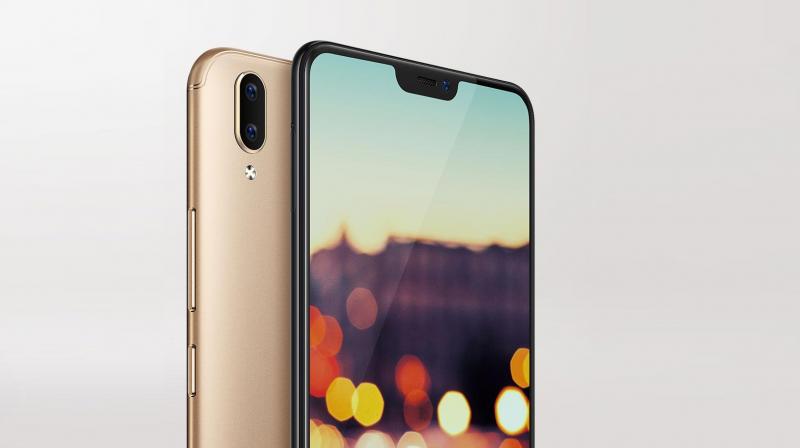
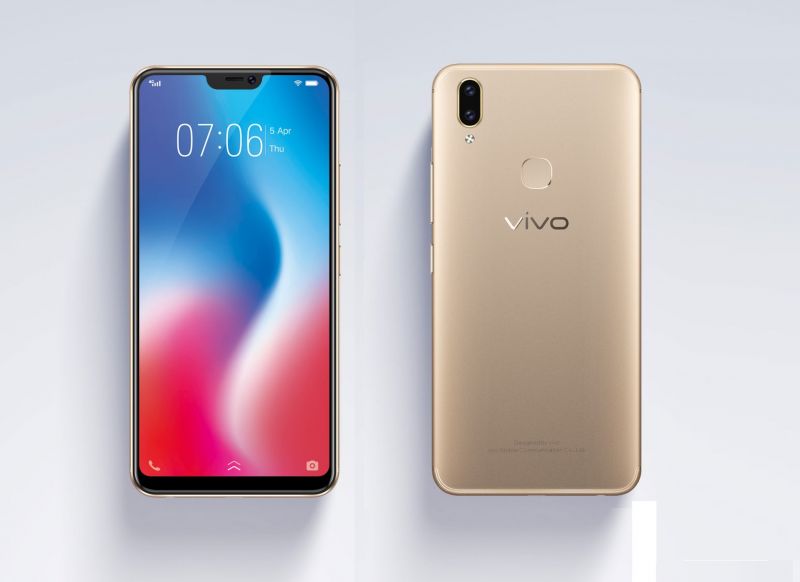
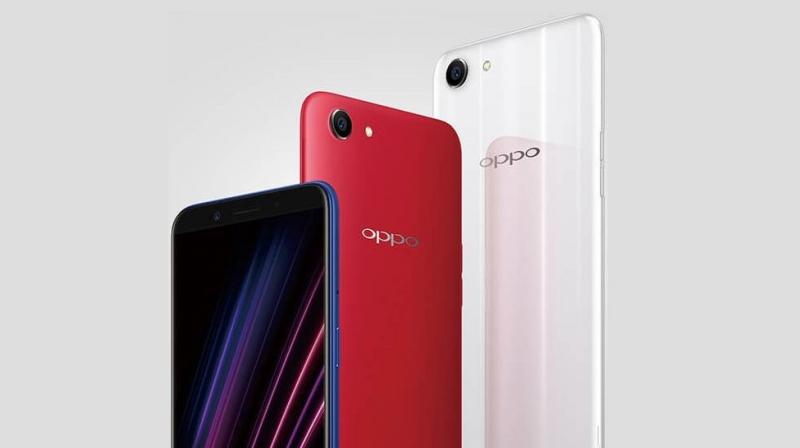
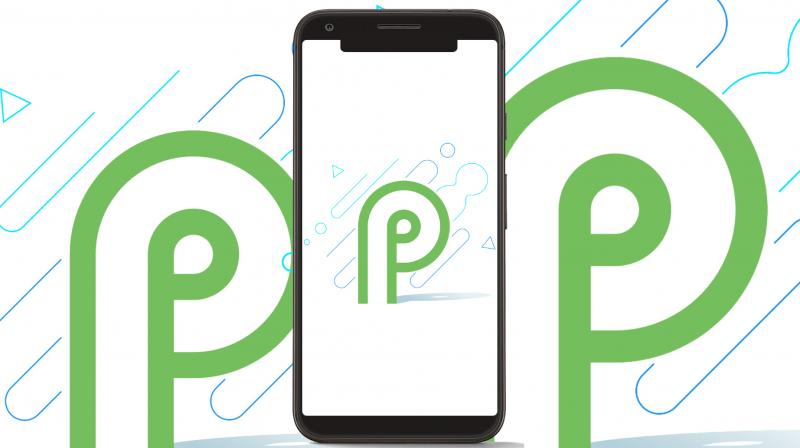
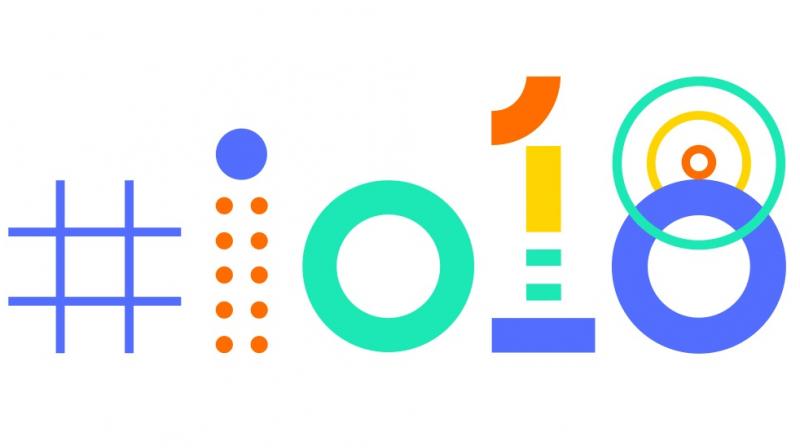
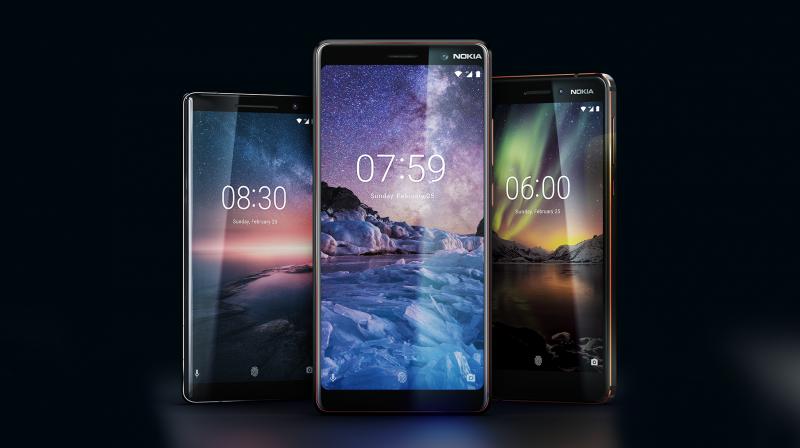
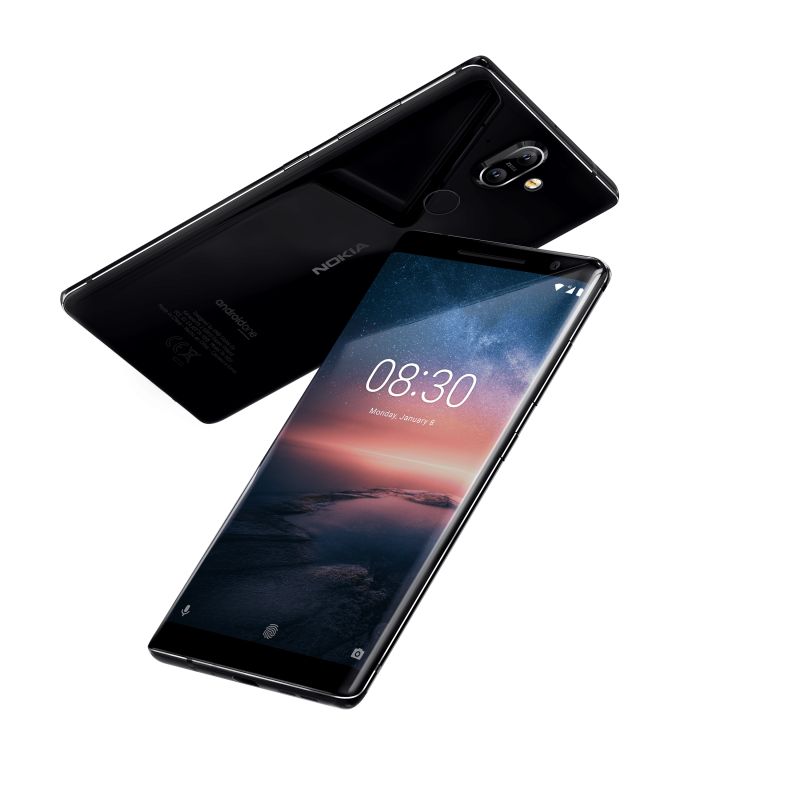
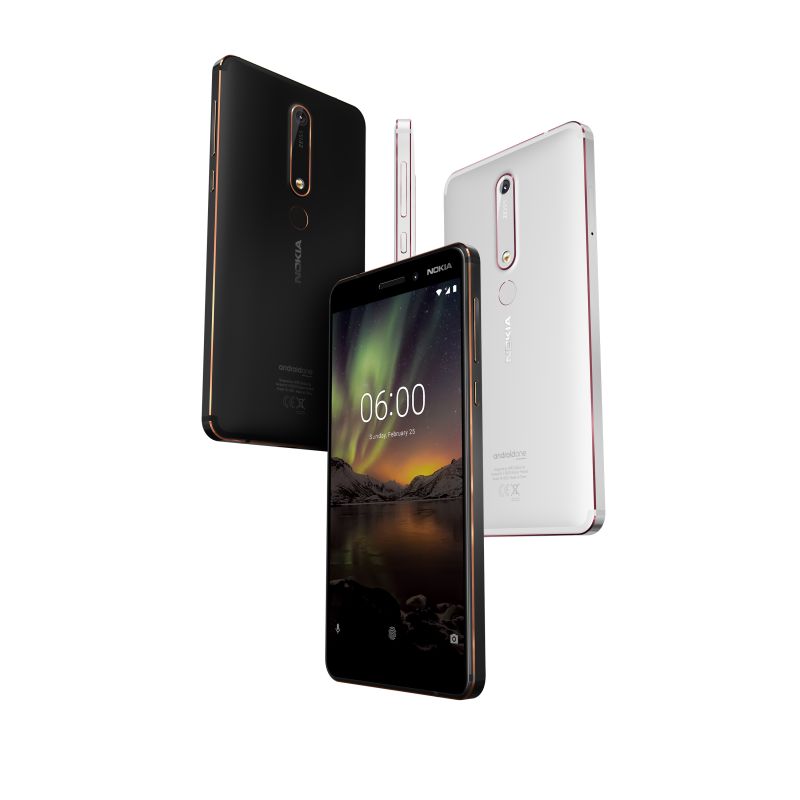
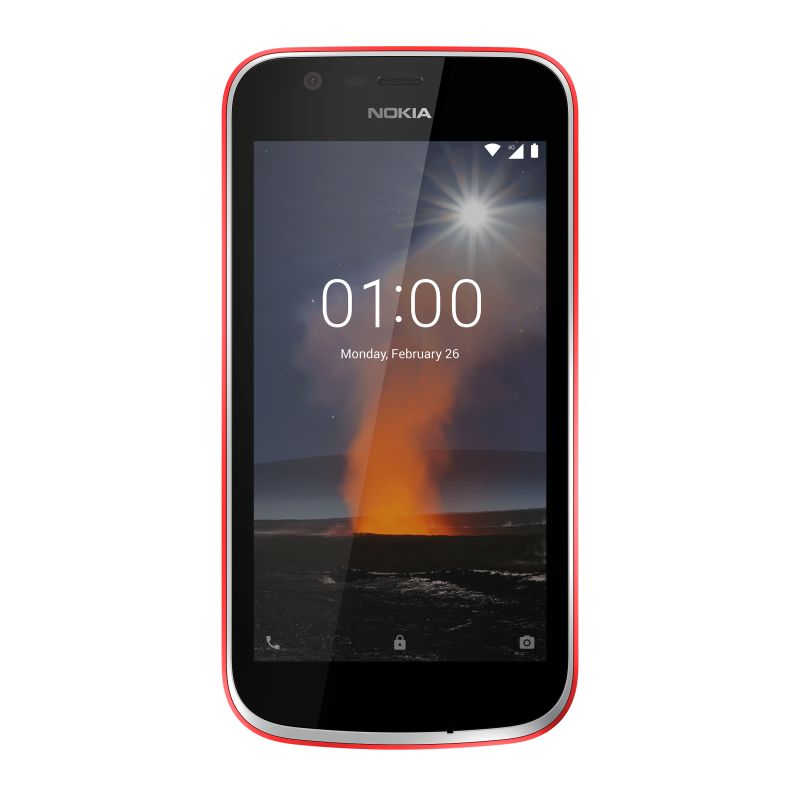

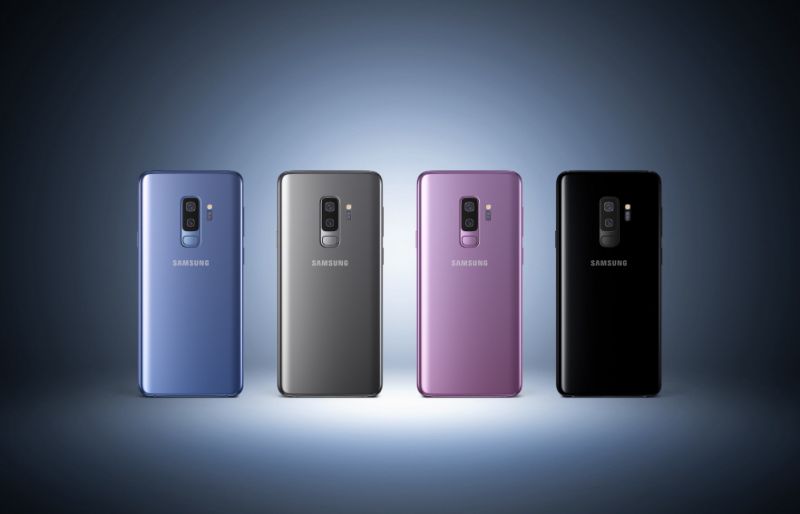


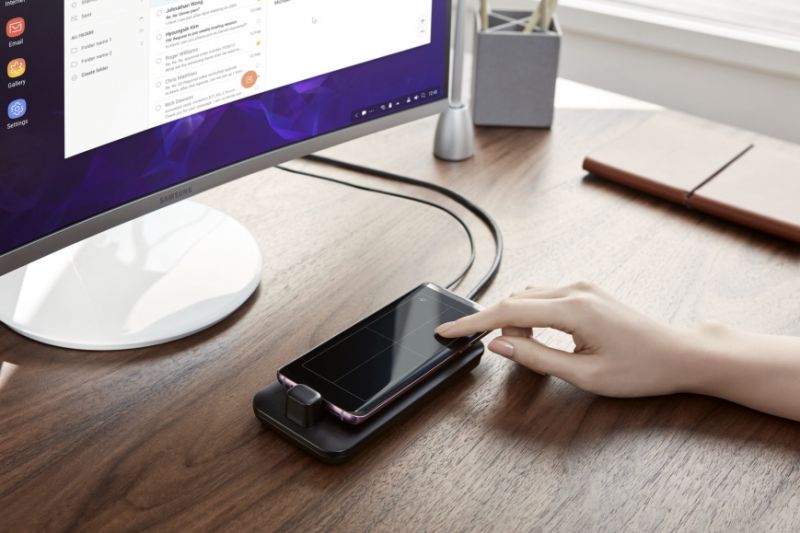

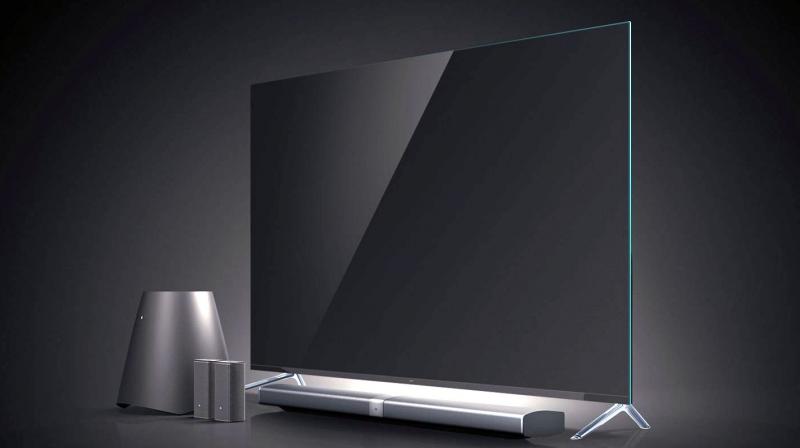
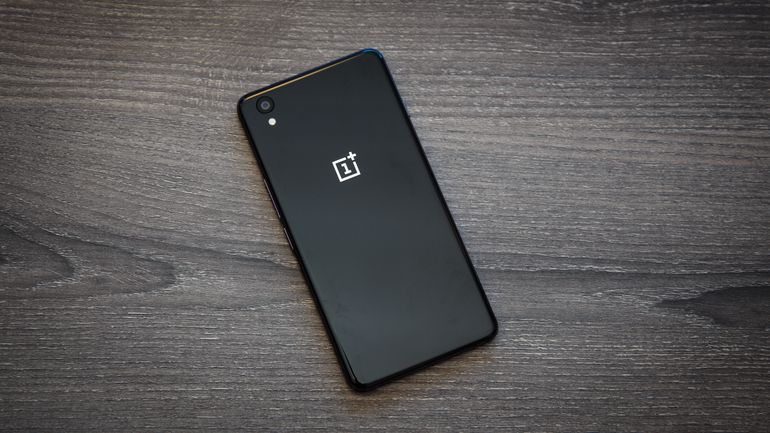

 RSS Feed
RSS Feed
